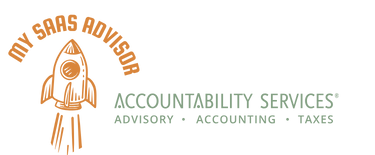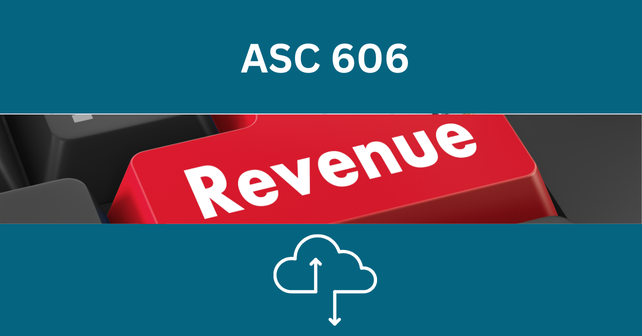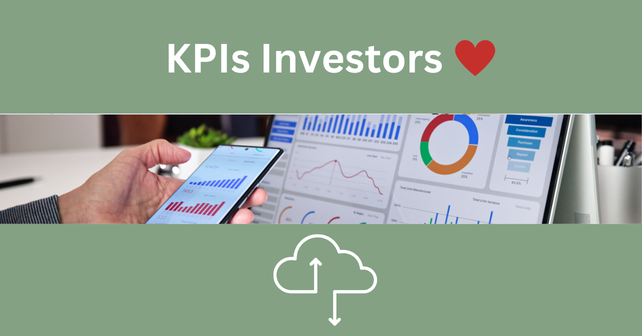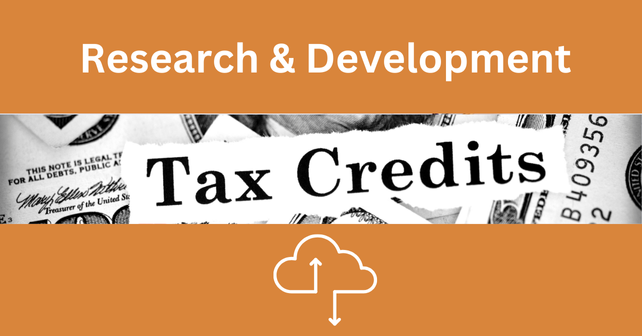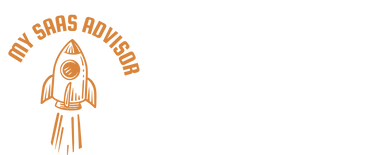
Whether you plan on raising capital or bootstrapping all the way, knowing and tracking the KPIs investors value most is a surefire bet to keep your business on the right path.
In this post, we’ll provide a rundown of the key metrics that demonstrate your growth potential, financial health, and ability to hold on to the customers you’ve got.
For each KPI we’ll tell you:
- Why it matters
- Where you need to focus to improve performance
Monthly Recurring Revenue (MRR)
In a subscription-based business, MRR is a core metric as investors want to see how predictable your monthly revenue is and more importantly, how predictable your month-on-month growth trajectory has been over time.
Growing MRR is all about expanding customer acquisition and boosting customer retention.
Annual Recurring Revenue (ARR)
ARR offers a broader view and consistent ARR growth indicates the business is scaling well. Whereas a temporary dip in MRR can be overlooked, drops in ARR indicate something is wrong and the business is going backwards.
Customer Acquisition Cost (CAC)
As a SaaS founder, the odds of escaping an investor pitch without being asked your CAC are exactly zero – and not knowing how much you need to spend to land a new account is a big-time indicator that you aren’t taking sales and marketing seriously.
What a “good” CAC looks like will vary wildly depending on your product, initial and lifetime value of each new customer, and how long you’ve been in business for. But one thing is for sure – you need to be able to show a decrease in CAC over time.
A decreasing CAC signifies that your branding, marketing, and sales strategies are working and being refined. If CAC goes up, or stays flat, it’s time to head back to the drawing board and rethink your marketing plan.
Customer Lifetime Value (LTV)
LTV measures the total revenue you expect to earn from a customer over their lifetime. High LTV indicates strong customer retention, recurring revenue, and a sustainable business model. It also opens the possibility of investing heavily into customer acquisition for fast growth.
There are many ways to improve LTV, from improving the customer experience to upselling/cross-selling and figuring out ways to make customers want to stick around longer.
LTV/CAC Ratio
High LTV/CAC tells investors you have built a cost-effective system for acquiring customers. In most cases, a ratio of 3:1 or better is required to show that you’re maximizing the value of your marketing dollars.
To improve LTV/CAC, lower your customer acquisition costs or find ways to extract more money out of your customers.
Payback Period
The payback period measures how long it takes to recover the cost of acquiring a new customer. While a shorter payback period is always preferred, you can get away with longer payback periods if you can show high customer retention and high LTV.
Churn Rate
Churn rate reflects the percentage of customers or revenue lost over a period of time. High churn is a red flag for investors as it’s an indication that customers are unhappy with your product, service, price or customer experience.
Net Revenue Retention (NRR)
NRR measures the percentage of recurring revenue retained from existing customers, including upsells and downgrades.
- If NRR is >100%, this means your business is growing its revenue directly from your existing customer base.
- If NRR is <100%, this means your current customers are slowly spending less over time.
Boost NRR by upselling, cross-selling and creating new products, services, or add-ons to offer to your current customer base
Gross Margin
Gross margin is a measure of profitability, highlighting how much revenue is left after covering the cost of delivering the product or service. Note that SaaS companies generally have high gross margins as the COGS for software is low once the initial product has been built – so investors tend to fund companies with margins of 70% or higher.
The key focus with gross margin is less about how much money you can make off the sale of your software and more about how well you can maintain this margin while scaling. Many SaaS businesses struggle to grow and profit at the same time, so it’s important to monitor gross margin whenever implementing a growth initiative.
Burn Rate
Burn rate tells investors how quickly the company is using its cash reserves during the pre-revenue and early-revenue stages. A high burn rate indicates you might run out of cash before reaching critical mass. A low burn rate shows a commitment to conservative spending and lengthening your runway.
Lowering burn rate is all about tightening up the purse strings and controlling expenses.
Sales Efficiency
Also known as your “Magic Number”, this KPI measures how efficiently you’re able to convert sales and marketing spend into revenue. Calculated by dividing the increase in recurring revenue by sales and marketing expenses, your Magic Number differs from LTV/CAC because it’s concerned with the immediate ROI in sales and marketing versus long-term profitability.
Average Revenue Per User (ARPU)
ARPU measures how much revenue is generated on average per customer. A rising ARPU suggests you are bringing on higher value customers or are successfully upselling existing customers to higher service tiers.
Increasing ARPU is often achieved through product enhancements.
Putting your data to work
Ready to talk with our SaaS CPA team to discuss your key metrics and how we can help you to track, monitor, and adjust KPIs to facilitate growth and financial stability?
